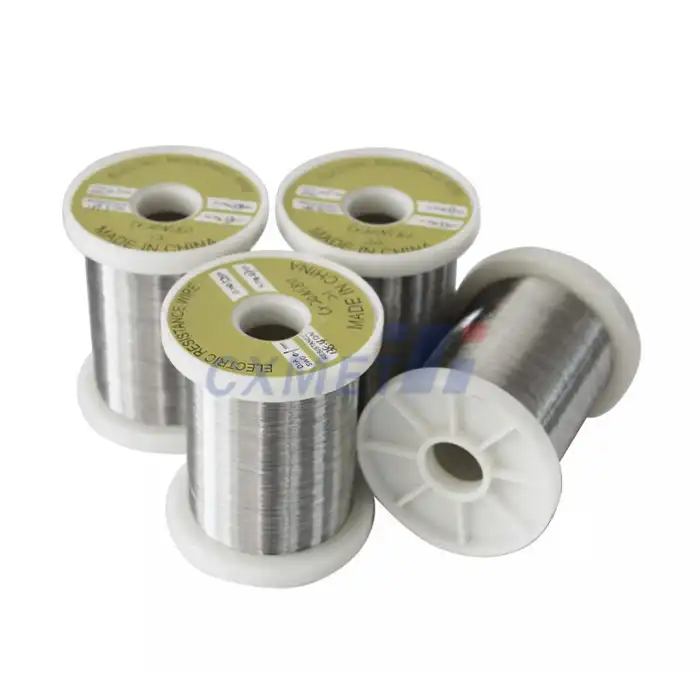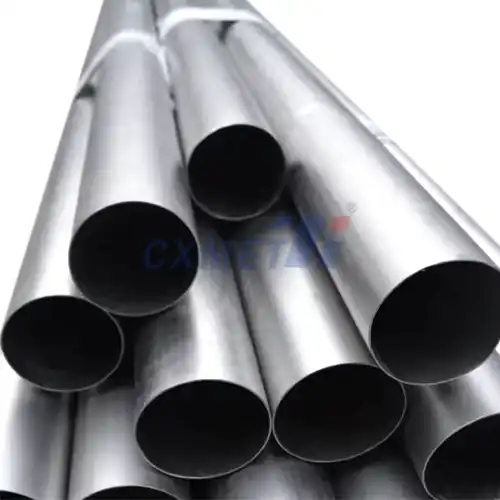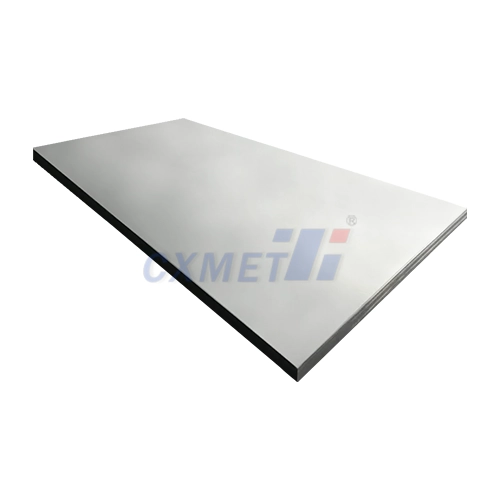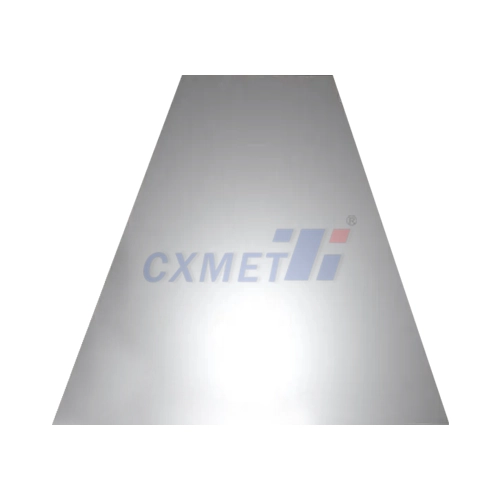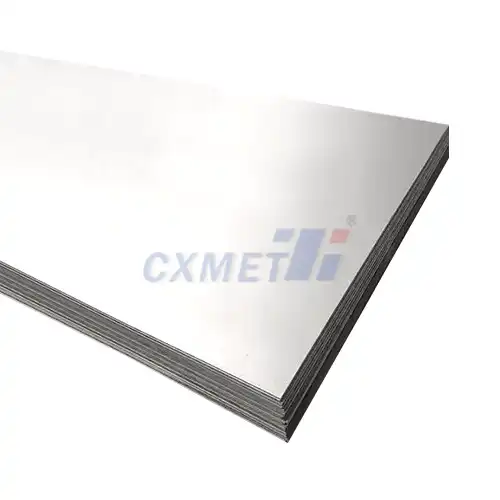- English
- French
- German
- Portuguese
- Spanish
- Russian
- Japanese
- Korean
- Arabic
- Greek
- German
- Turkish
- Italian
- Danish
- Romanian
- Indonesian
- Czech
- Afrikaans
- Swedish
- Polish
- Basque
- Catalan
- Esperanto
- Hindi
- Lao
- Albanian
- Amharic
- Armenian
- Azerbaijani
- Belarusian
- Bengali
- Bosnian
- Bulgarian
- Cebuano
- Chichewa
- Corsican
- Croatian
- Dutch
- Estonian
- Filipino
- Finnish
- Frisian
- Galician
- Georgian
- Gujarati
- Haitian
- Hausa
- Hawaiian
- Hebrew
- Hmong
- Hungarian
- Icelandic
- Igbo
- Javanese
- Kannada
- Kazakh
- Khmer
- Kurdish
- Kyrgyz
- Latin
- Latvian
- Lithuanian
- Luxembou..
- Macedonian
- Malagasy
- Malay
- Malayalam
- Maltese
- Maori
- Marathi
- Mongolian
- Burmese
- Nepali
- Norwegian
- Pashto
- Persian
- Punjabi
- Serbian
- Sesotho
- Sinhala
- Slovak
- Slovenian
- Somali
- Samoan
- Scots Gaelic
- Shona
- Sindhi
- Sundanese
- Swahili
- Tajik
- Tamil
- Telugu
- Thai
- Ukrainian
- Urdu
- Uzbek
- Vietnamese
- Welsh
- Xhosa
- Yiddish
- Yoruba
- Zulu
What are the Mechanical Properties of 3D Stainless Steel Powder?
2024-09-29 17:44:20
In the rapidly evolving world of additive manufacturing, 3D stainless steel powder has emerged as a game-changing material. This versatile powder is revolutionizing the way we approach metal fabrication, offering unprecedented flexibility and efficiency in creating complex geometries and customized parts. The mechanical properties of 3D stainless steel powder are of paramount importance, as they directly influence the performance, durability, and reliability of the final printed products. Understanding these properties is crucial for engineers, designers, and manufacturers looking to harness the full potential of this innovative material in various industries, from aerospace and automotive to medical and consumer goods.
What factors affect the quality of 3D printed stainless steel parts?
The quality of 3D printed stainless steel parts is influenced by a multitude of factors, each playing a crucial role in determining the final product's mechanical properties and overall performance. One of the primary factors is the characteristics of the stainless steel powder itself. The powder's particle size distribution, morphology, and chemical composition significantly impact the printing process and the resulting part's properties.
Particle size distribution is particularly important, as it affects the powder's flowability and packing density. Ideally, the powder should have a uniform size distribution, typically ranging from 15 to 45 microns. This range ensures optimal flowability during the printing process, allowing for even layer deposition and minimizing the risk of porosity in the final part. Particles that are too fine can lead to agglomeration and poor flowability, while excessively large particles may result in inconsistent layer thickness and reduced part density.
The morphology, or shape, of the powder particles also plays a crucial role. Spherical particles are generally preferred for their superior flowability and packing characteristics. These properties contribute to higher density in the printed part and more consistent mechanical properties. In contrast, irregular-shaped particles can lead to inconsistencies in the powder bed and potentially result in defects in the final product.
The chemical composition of the stainless steel powder is another critical factor. Different grades of stainless steel (e.g., 316L, 17-4PH) offer varying mechanical properties and corrosion resistance. The purity of the powder and the presence of any contaminants can significantly affect the final part's properties, including strength, ductility, and resistance to corrosion.
Beyond the powder characteristics, the 3D printing process parameters also play a vital role in determining the quality of the printed parts. Laser power, scanning speed, layer thickness, and hatch spacing are among the key parameters that need to be optimized for each specific powder and application. These parameters influence the energy density delivered to the powder bed, which in turn affects the melting and solidification behavior of the material.
How does 3D printing affect the microstructure of stainless steel?
The impact of 3D printing on the microstructure of stainless steel is profound and multifaceted, resulting in unique characteristics that significantly differ from those of conventionally manufactured stainless steel. The 3D printing process, particularly stainless steel powder bed fusion methods like Selective Laser Melting (SLM), subjects the material to extreme conditions of rapid heating, melting, and cooling. These conditions lead to the formation of a distinct microstructure that directly influences the mechanical properties of the printed parts.
One of the most notable effects of 3D printing on stainless steel microstructure is the formation of a highly non-equilibrium solidification structure. The rapid solidification rates, which can reach up to 106-108 K/s, result in extremely fine grains and unique phase compositions. In austenitic stainless steels like 316L, this often leads to a cellular or columnar dendritic structure aligned in the build direction. The cell size typically ranges from 0.5 to 1 μm, which is significantly smaller than what is observed in conventionally cast or wrought stainless steel.
The rapid solidification also affects the distribution and morphology of alloying elements within the microstructure. In 3D printed stainless steel, there is often a more homogeneous distribution of elements like chromium, nickel, and molybdenum compared to conventionally processed materials. This can lead to enhanced corrosion resistance and improved mechanical properties. However, it can also result in the formation of non-equilibrium phases or the retention of metastable phases that would not typically be present in conventionally processed stainless steel.
Another significant aspect of the 3D printed stainless steel microstructure is the presence of residual stresses and defects. The layer-by-layer building process and the associated thermal cycles can introduce significant residual stresses within the material. These stresses can lead to distortion, cracking, or even failure if not properly managed. Additionally, the process can introduce defects such as porosity, lack of fusion, or inclusions, which can act as stress concentrators and potentially compromise the mechanical properties of the printed parts.
The texture of 3D printed stainless steel is also unique. The layer-wise building process and the directional solidification result in a strong crystallographic texture, with grains preferentially oriented along the build direction. This anisotropic microstructure can lead to anisotropic mechanical properties, where the strength and ductility may vary depending on the loading direction relative to the build orientation.
Interestingly, the 3D printing process can sometimes result in a higher dislocation density within the stainless steel microstructure compared to conventional manufacturing methods. This increased dislocation density, coupled with the fine grain structure, can contribute to higher strength in as-printed parts. However, it may also lead to reduced ductility, which is a trade-off that needs to be carefully considered for specific applications.
The cooling rates during 3D printing also influence the formation of different phases within the stainless steel microstructure. For instance, in martensitic stainless steels like 17-4PH, the rapid cooling can lead to the formation of retained austenite, which can affect the mechanical properties and subsequent heat treatment response of the material.
What are the key differences between 3D printed and conventionally manufactured stainless steel?
The differences between 3D printed and conventionally manufactured stainless steel powder are significant and multifaceted, encompassing aspects of microstructure, mechanical properties, manufacturing flexibility, and overall performance characteristics. These differences stem from the fundamentally distinct processes involved in additive manufacturing compared to traditional methods like casting, forging, or machining.
One of the most striking differences lies in the microstructure of the material. As discussed earlier, 3D printed stainless steel typically exhibits a much finer grain structure due to the rapid solidification rates involved in the printing process. This fine-grained structure often results in higher strength compared to conventionally manufactured stainless steel. For instance, 3D printed 316L stainless steel can exhibit yield strengths up to 2-3 times higher than its wrought counterpart. However, this increased strength is often accompanied by a reduction in ductility, which is an important consideration for applications requiring high toughness or formability.
The anisotropic nature of 3D printed stainless steel is another key differentiator. The layer-by-layer building process results in a directional microstructure, leading to mechanical properties that can vary depending on the loading direction relative to the build orientation. This anisotropy is generally less pronounced in conventionally manufactured stainless steel, which tends to have more isotropic properties. While this anisotropy can be a challenge in some applications, it also offers the opportunity to tailor material properties in specific directions for optimized performance.
Surface finish is an area where conventionally manufactured stainless steel often has an advantage. Traditional manufacturing methods can produce parts with excellent surface finishes directly from the process. In contrast, 3D printed stainless steel parts typically require post-processing to achieve comparable surface quality. The as-printed surface of 3D printed parts often exhibits a characteristic roughness due to partially stainless steel powder particles adhering to the surface. While various post-processing techniques can significantly improve the surface finish, achieving the same level of smoothness as conventionally manufactured parts can be more challenging and time-consuming.
Porosity is another factor that distinguishes 3D printed stainless steel from its conventionally manufactured counterpart. While modern 3D printing processes can achieve very high densities (often >99.9%), some residual porosity is typically present in as-printed parts. This porosity can affect mechanical properties, particularly fatigue performance. Conventional manufacturing methods like forging or rolling can produce fully dense parts more readily. However, it's worth noting that post-processing techniques like Hot Isostatic Pressing (HIP) can be applied to 3D printed parts to further reduce porosity and enhance properties.
The flexibility in design and manufacturing is perhaps one of the most significant advantages of 3D printed stainless steel over conventional methods. 3D printing allows for the creation of complex geometries, internal structures, and customized designs that would be extremely difficult or impossible to produce using traditional manufacturing techniques. This design freedom enables the production of lightweight, optimized structures and the integration of multiple components into a single part, potentially reducing assembly requirements and improving overall performance.
In conclusion, while 3D printed and conventionally manufactured stainless steel share the same base material composition, the differences in their production processes result in distinct characteristics. Each method has its own set of advantages and challenges, and the choice between them depends on the specific requirements of the application, including mechanical properties, design complexity, production volume, and economic considerations.
At SHAANXI CXMET TECHNOLOGY CO., LTD, we take pride in our extensive product range, which caters to diverse customer needs. Our company is equipped with outstanding production and processing capabilities, ensuring the high quality and precision of our products. We are committed to innovation and continuously strive to develop new products, keeping us at the forefront of our industry. With leading technological development capabilities, we are able to adapt and evolve in a rapidly changing market. Furthermore, we offer customized solutions to meet the specific requirements of our clients. If you are interested in our products or wish to learn more about the intricate details of our offerings, please do not hesitate to contact us at sales@cxmet.com. Our team is always ready to assist you.
References
1. DebRoy, T., Wei, H. L., Zuback, J. S., Mukherjee, T., Elmer, J. W., Milewski, J. O., ... & Zhang, W. (2018). Additive manufacturing of metallic components – Process, structure and properties. Progress in Materials Science, 92, 112-224.
2. Yap, C. Y., Chua, C. K., Dong, Z. L., Liu, Z. H., Zhang, D. Q., Loh, L. E., & Sing, S. L. (2015). Review of selective laser melting: Materials and applications. Applied Physics Reviews, 2(4), 041101.
3. Casati, R., Lemke, J. N., & Vedani, M. (2016). Microstructure and fracture behavior of 316L austenitic stainless steel produced by selective laser melting. Journal of Materials Science & Technology, 32(8), 738-744.
4. Bartolomeu, F., Buciumeanu, M., Pinto, E., Alves, N., Carvalho, O., Silva, F. S., & Miranda, G. (2017). 316L stainless steel mechanical and tribological behavior—A comparison between selective laser melting, hot pressing and conventional casting. Additive Manufacturing, 16, 81-89.
5. Zhong, Y., Liu, L., Wikman, S., Cui, D., & Shen, Z. (2016). Intragranular cellular segregation network structure strengthening 316L stainless steel prepared by selective laser melting. Journal of Nuclear Materials, 470, 170-178.
6. Wang, Y. M., Voisin, T., McKeown, J. T., Ye, J., Calta, N. P., Li, Z., ... & Matthews, M. J. (2018). Additively manufactured hierarchical stainless steels with high strength and ductility. Nature Materials, 17(1), 63-71.
7. Mertens, A., Reginster, S., Contrepois, Q., Dormal, T., Lemaire, O., & Lecomte-Beckers, J. (2014). Microstructures and mechanical properties of stainless steel AISI 316L processed by selective laser melting. Materials Science Forum, 783, 898-903.
8. Trelewicz, J. R., Halada, G. P., Donaldson, O. K., & Manogharan, G. (2016). Microstructure and corrosion resistance of laser additively manufactured 316L stainless steel. JOM, 68(3), 850-859.
9. Kurzynowski, T., Chlebus, E., Kuźnicka, B., & Reiner, J. (2012). Parameters in selective laser melting for processing metallic powders. High Power Laser Materials Processing: Lasers, Beam Delivery, Diagnostics, and Applications, 8239, 823914.
10. Kong, D., Dong, C., Ni, X., Zhang, L., Yao, J., Man, C., ... & Li, X. (2019). Mechanical properties and corrosion behavior of selective laser melted 316L stainless steel after different heat treatment processes. Journal of Materials Science & Technology, 35(7), 1499-1507.
